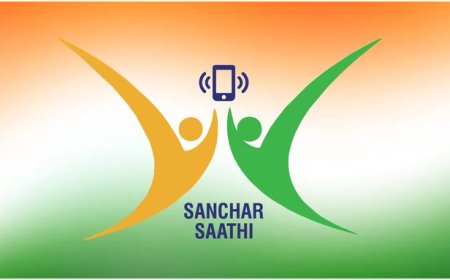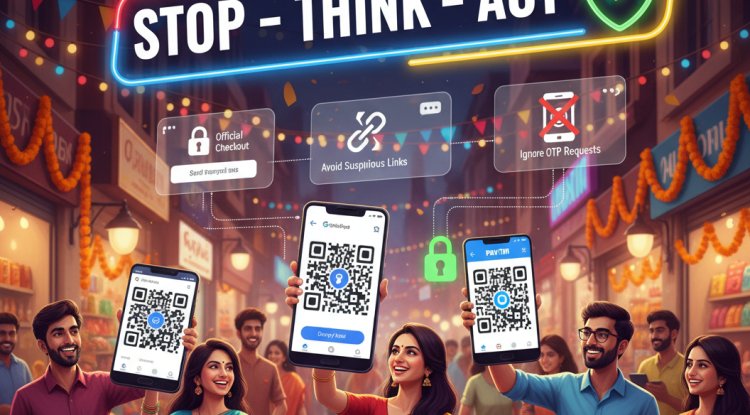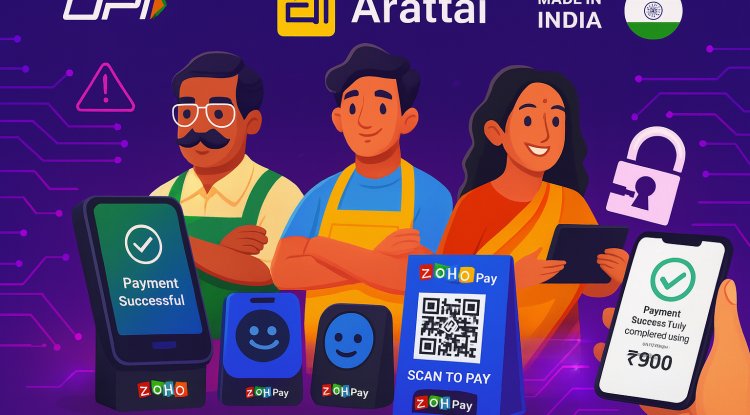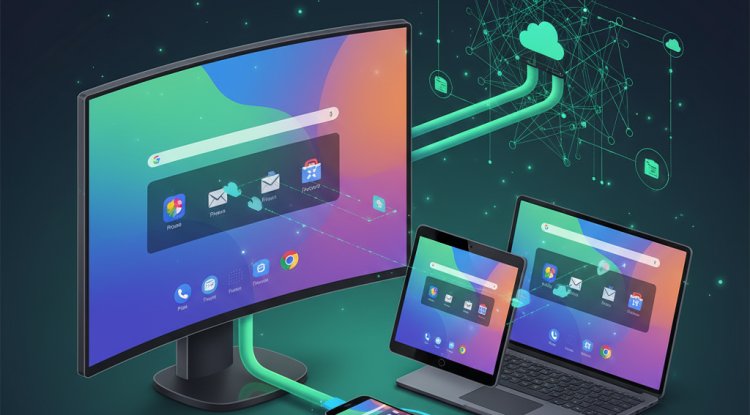India’s UPI Goes Biometric: Now Pay with Face or Fingerprint, No PIN Required
From October 8, 2025, users of India’s UPI digital payments system can now approve payments using facial recognition or fingerprints (via Aadhaar authentication) instead of the traditional PIN. This leap, championed by the National Payments Corporation of India (NPCI) and Reserve Bank of India (RBI), marks a milestone in making digital payments faster, safer, and more inclusive for every Indian.
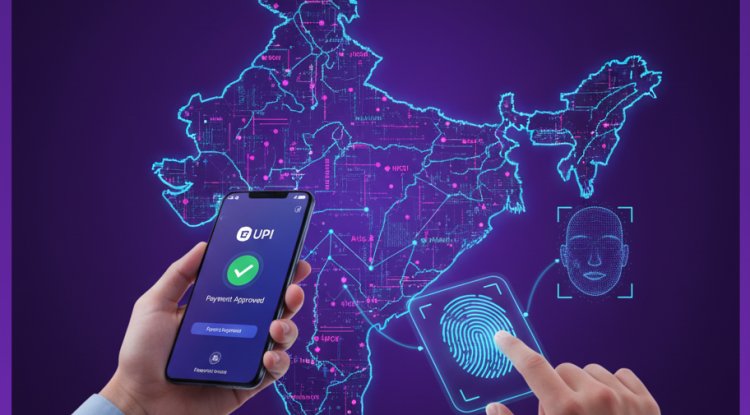
A new era for digital payments in India has begun: UPI users can now use their face or fingerprint for payment authentication, removing the need for a 4- or 6-digit PIN. Announced at the Global Fintech Fest 2025 in Mumbai, this upgrade—led by the National Payments Corporation of India (NPCI) and Reserve Bank of India (RBI)—brings next-generation biometric verification to the country’s most popular digital transaction platform.
How Does Biometric UPI Work?
- Users can authenticate UPI payments using fingerprints or facial recognition stored in Aadhaar, instead of entering a PIN on their phone.
- Authentication is performed securely, on-device. The biometric data never leaves your phone—enhancing privacy and minimizing the risk of data leaks or fraud.
- Each payment is cryptographically verified by the issuing bank, with robust safeguards against misuse, as confirmed by NPCI and leading banks.
- The new feature is optional: users who prefer using a PIN can continue as before, while those who want more convenience or are less comfortable with PINs can opt in to biometric authentication.
Why This Matters: Benefits of Biometric UPI
- Speed & Convenience: No need to remember or type your PIN—just scan your face or finger and pay instantly.
- Enhanced Security: Biometrics are harder to forge or steal than passwords or PINs, adding a robust layer of safety for every transaction.
- Wider Access: More inclusive for senior citizens, rural users, and anyone who struggles with PIN/password entry, or lacks a debit card for UPI setup.
- Smoother Onboarding: Aadhaar-based face authentication allows new users to set up UPI or reset their PIN within seconds, without needing an OTP or card number.
- Device Flexibility: In addition to smartphones, users can soon pay biometrically via smart glasses, wearables, and even withdraw cash at ATMs using UPI-linked face/fingerprint.
What’s the Broader Impact?
- India is now a global leader in scaling biometric payments, showing how digital finance can be both user-friendly and highly secure.
- The move is expected to boost UPI adoption even further, helping India maintain its place as the world’s highest-volume instant payments market (over 19 billion monthly transactions as of September 2025).
- It provides a crucial bridge for less tech-savvy users, promoting financial inclusion and digital confidence across rural and urban India.
Key Points and Next Steps
- Biometric UPI authentication is launching with top apps (PhonePe, Paytm, GPay) and is rolling out across banks and supported devices nationwide.
- This option is optional and opt-in only—users remain in control and can keep using PINs if they prefer.
- Security experts and regulators are monitoring for privacy and cyber fraud risks, while new RBI regulations make it easier for banks and fintechs to deploy advanced authentication methods.
Sources: Hindustan Times, India Today, Reuters, Economic Times, Times of India, NPCI, Moneycontrol, Indian Express
What's Your Reaction?
 Like
0
Like
0
 Dislike
0
Dislike
0
 Love
0
Love
0
 Funny
0
Funny
0
 Angry
0
Angry
0
 Sad
0
Sad
0
 Wow
0
Wow
0
